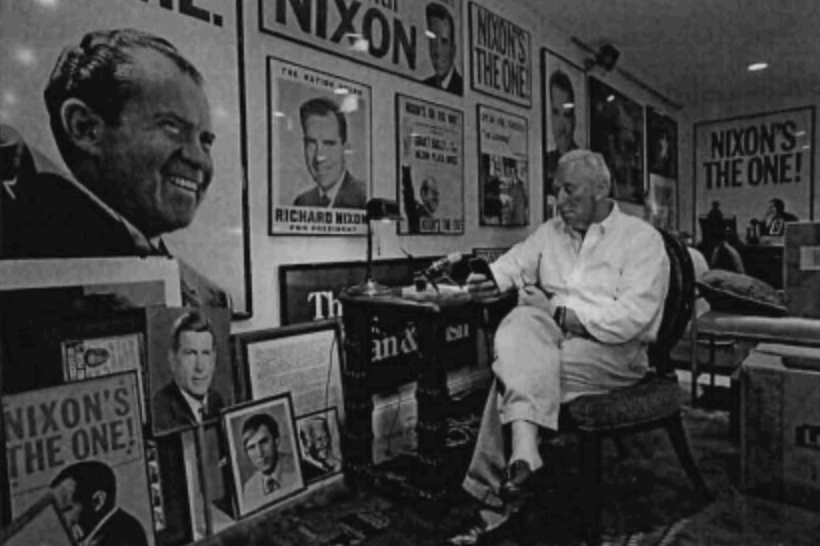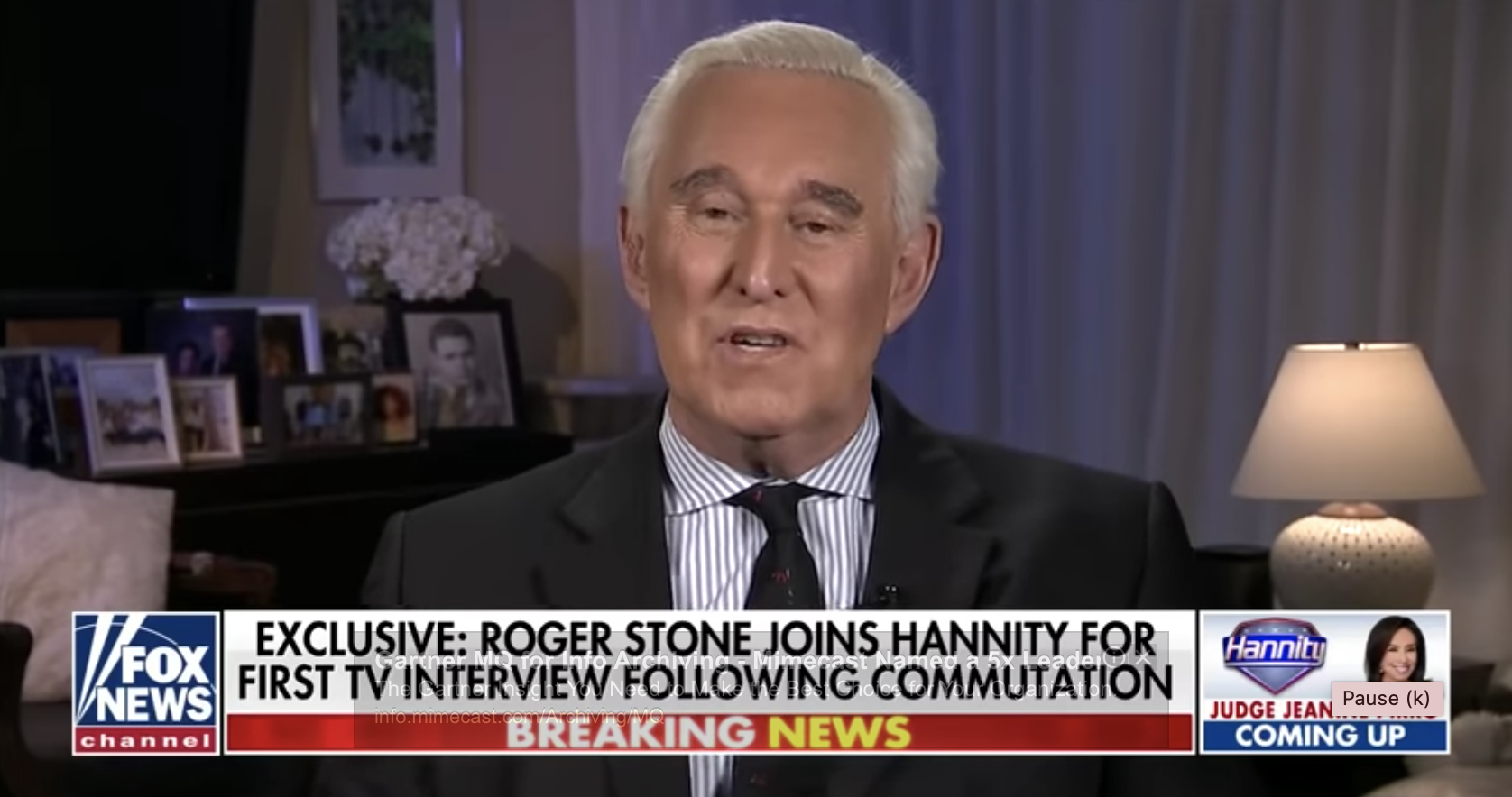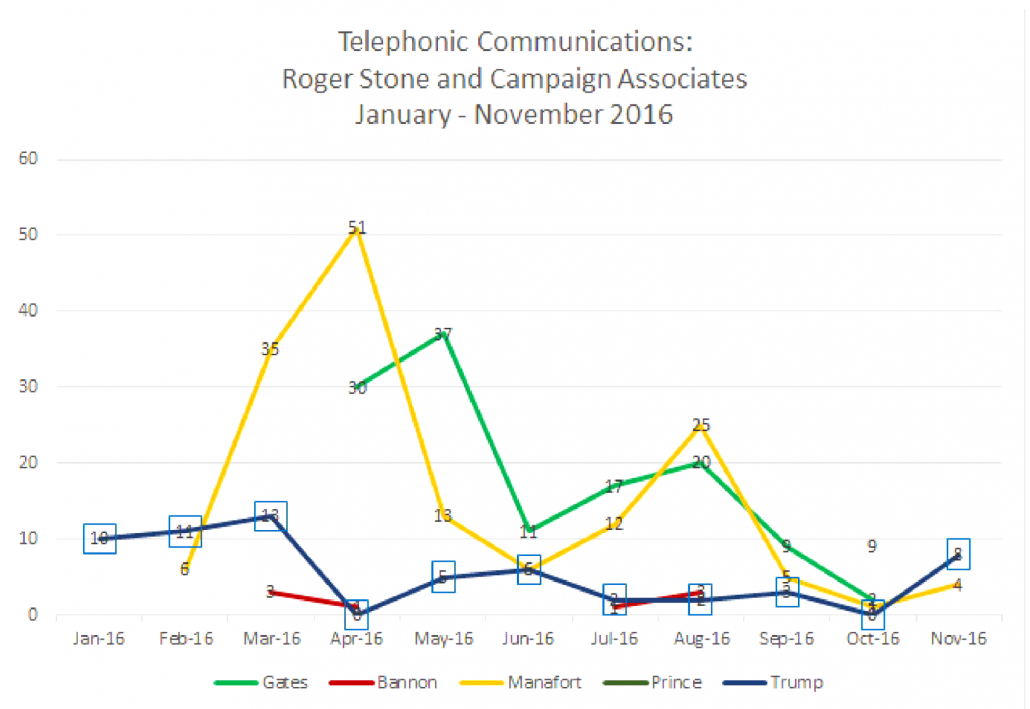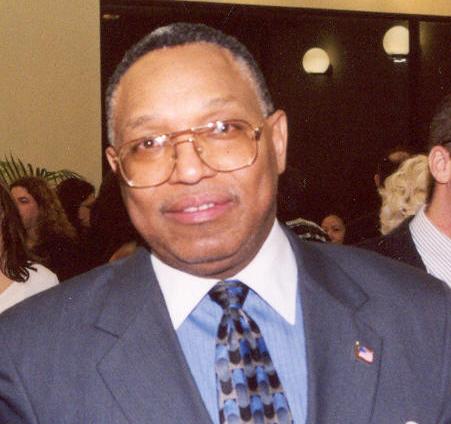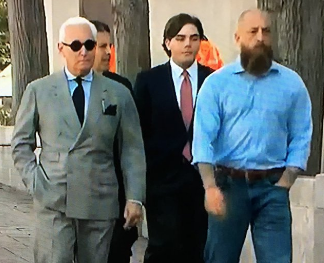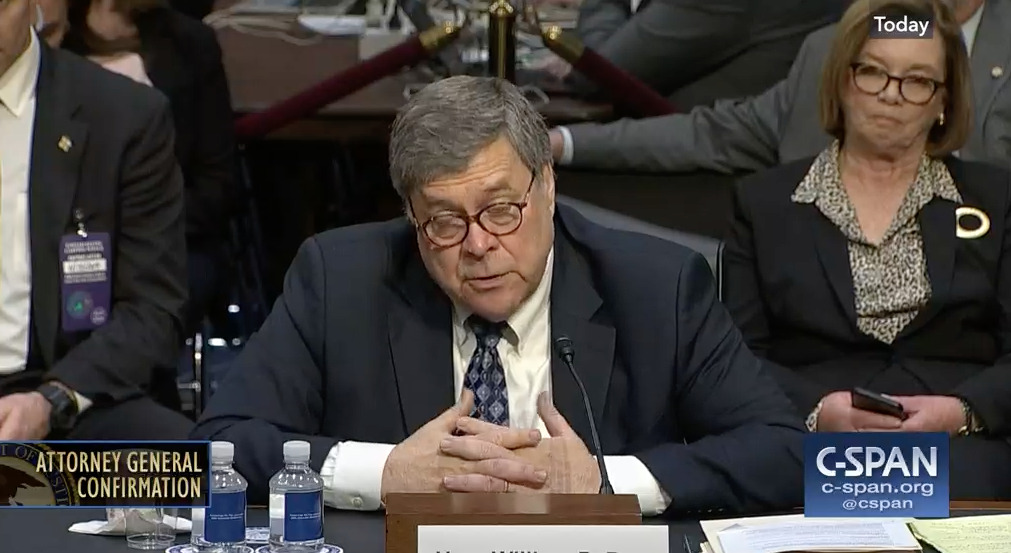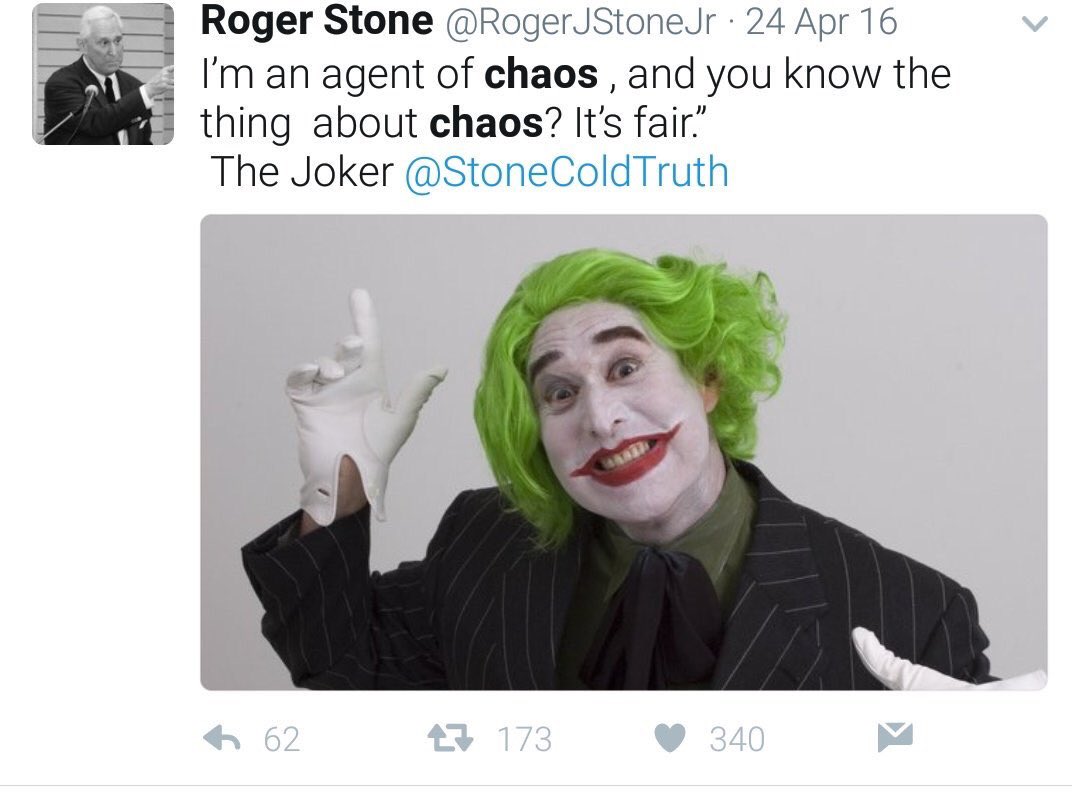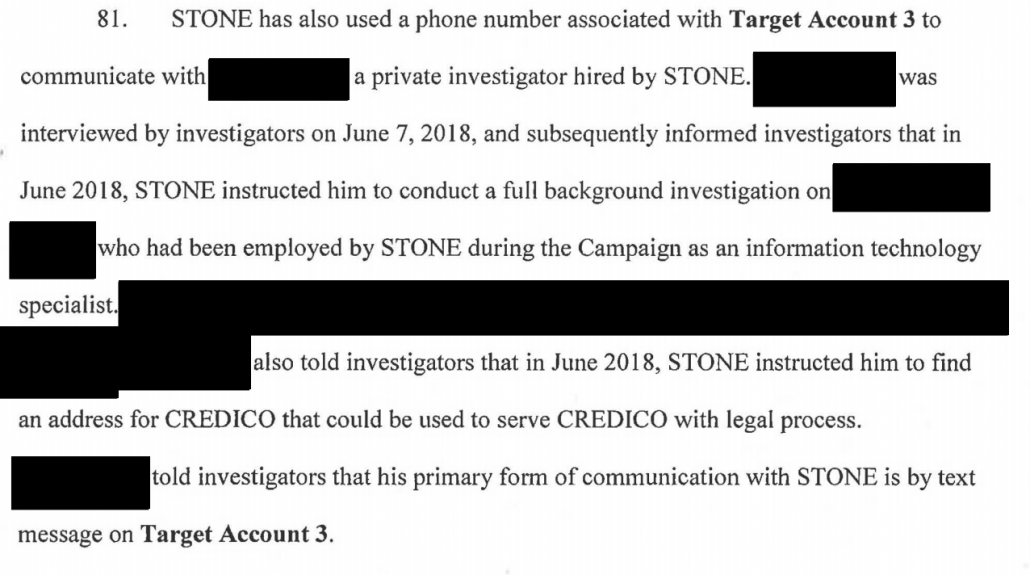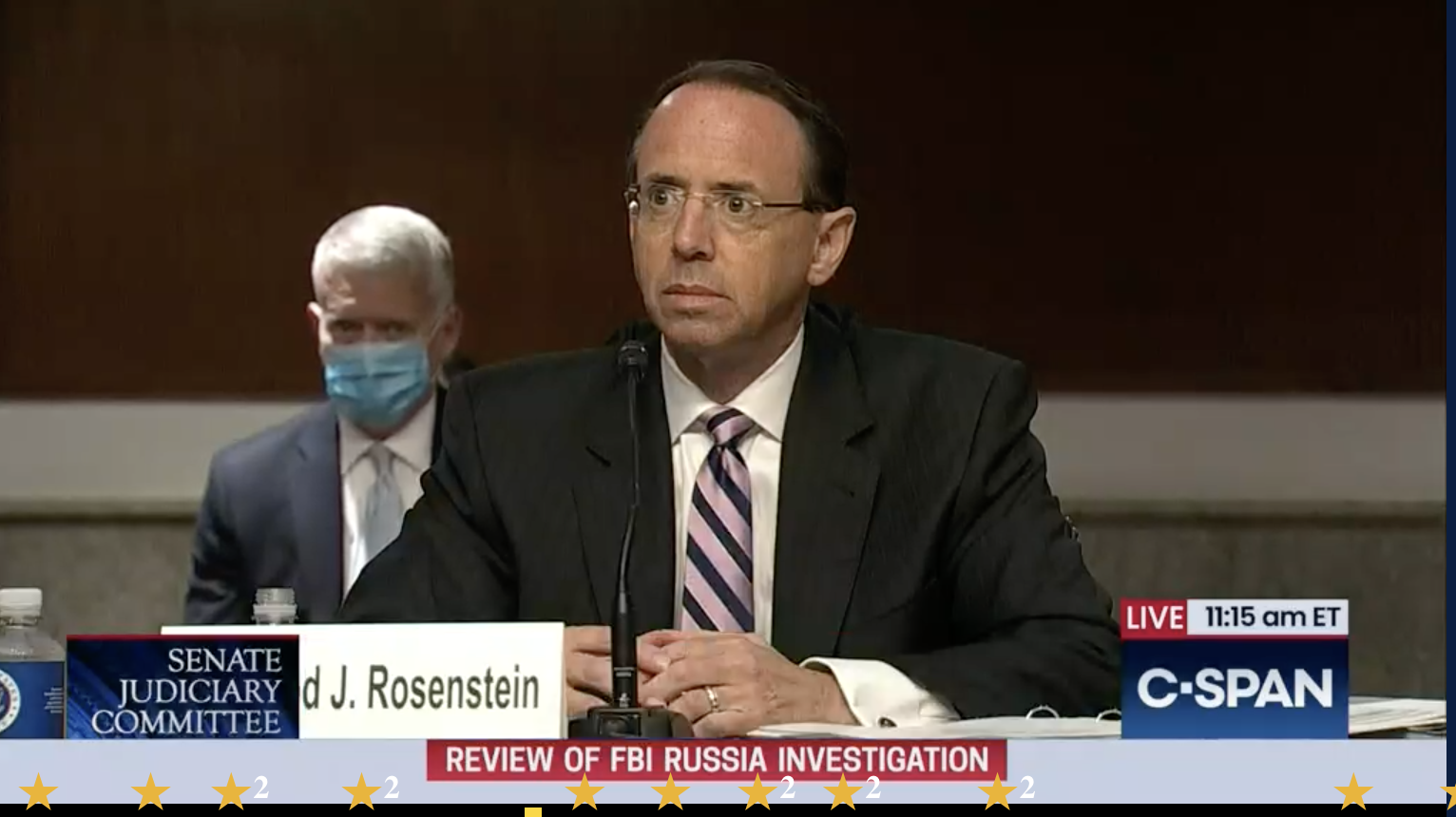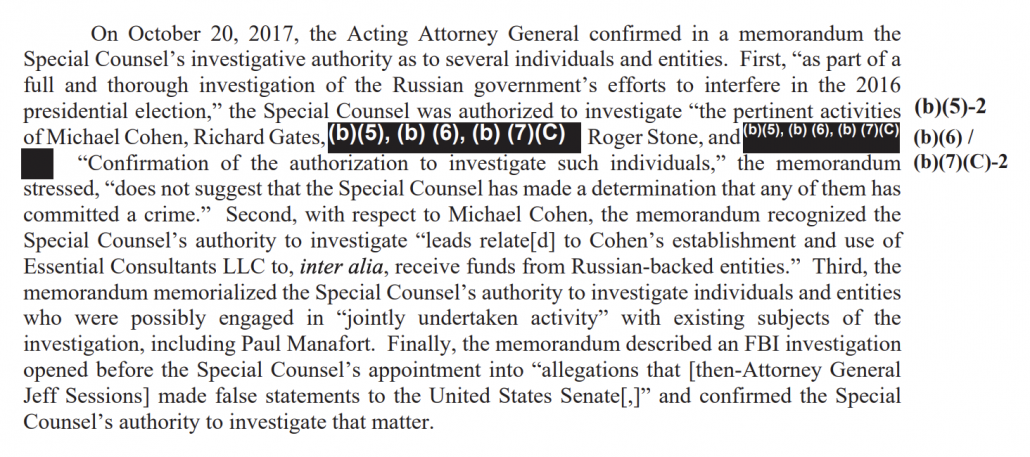Roger Stone Invented a New Cover Story Rather than Defend Himself at Trial
In the wake of Friday’s commutation, I’ve been prepping to write some stuff about Roger Stone I’ve long been planning.
In this post, I’d like to elaborate on a comment I made several times during the trial.
Stone’s defense, such as it existed, consisted of two efforts. Along with ham-handed attempts to discredit witnesses, Stone — as he had always done and did even after the commutation — denied he had anything to do with “Russia collusion.” In the trial, that amounted to an attempt to claim his lies about WikiLeaks were not material, which, if true, would have undermined the false statements charges against Stone. But that effort failed, in part, because Stone himself raised how the stolen emails got to WikiLeaks early in his HPSCI testimony, thereby making it clear he understood that WikiLeaks, and not just Russia, was included in the scope of HPSCI’s investigation.
More interestingly, however, in Bruce Rogow’s opening argument for Stone, Rogow reversed his client’s claims — made during his HPSCI testimony — to have had an intermediary with WikiLeaks.
Now, the government has said something about Mr. Stone being a braggart. And he did brag about his ability to try to find out what was going on. But he had no intermediary. He found out everything in the public domain.
[snip]
And the first one at paragraph 75, it says that Mr. Stone sought to clarify something about Assange, and that he subsequently identified the intermediary, that’s Mr. Credico, who, by the way, the evidence is going to show was no intermediary, there was no go between, there was no intermediary. Mr. Corsi was not an intermediary. These people were playing Mr. Stone.
And Mr. Stone took the bait. And so that’s why he thought he had an intermediary. There was no intermediary. There were no intermediaries. And the evidence is going to show that. And I think when Mr. Credico testifies, he will confirm that he was not an intermediary.
And what is an intermediary? What is a go-between? An intermediary is someone between me and the other party. And the other party, the way the government has constructed this, was Julian Assange. And there was no intermediary between Mr. Stone and Julian Assange. It’s made up stuff.
Does it play in politics? Does it play in terms of newspaper articles and public? Did Mr. Stone say these things? You saw the clips that are going to be played. We don’t hide from those clips. They occurred. Mr. Stone said these things.
But he was playing others himself by creating for himself that notion that he had some kind of direct contact, which he later on renounced and publicly renounced it and said that is not what I meant, that is not what was happening. And to the extent that anybody thinks that Credico was a direct intermediary, a go-between between Stone and Julian Assange, Mr. Credico will destroy that notion. Mr. Corsi will destroy that notion.
All these people were playing one another in terms of their political machinations, trying to be important people, trying to say that they had more than they really had in terms of value and perhaps value to the committee, I mean, value to the campaign.
That story certainly had its desired effect. Some credulous journalists came in believing that whether Stone had an intermediary or not mattered to the outcome. Those who had reason to discount the possibility that Stone had advance knowledge of the stolen emails grasped on this story (and Jerome Corsi’s unreliability), and agreed that Rogow must have it right, that Stone was really working from public information. For a good deal of the public, then, this story worked. Roger Stone didn’t have any inside track, he was just trying to boost his value to the Trump campaign.
From a narrative standpoint, that defense was brilliant. It had the desired effect of disclaiming any advance knowledge of the hack-and-leak, and a great many people believed it (and still believe it).
From a legal standpoint, though, it was suicidal. It amounted to Roger Stone having his lawyer start the trial by admitting his guilt, before a single witness took the stand.
That’s true partly because the facts made it clear that Randy Credico not only had not tricked Roger Stone, but made repeated efforts, starting well in advance of Stone’s HPSCI testimony, to correct any claim that he was Stone’s intermediary. This is a point Jonathan Kravis made in his closing argument.
Now, the defense would have you believe that Randy Credico is some sort of Svengali or mastermind, that Randy Credico tricked Roger Stone into giving false testimony before the committee; that Randy Credico somehow fooled Roger Stone into believing that Stone’s own statements from August 2016 were actually about Credico. That claim is absurd.
You saw Randy Credico testify during this trial. I ask you, does anyone who saw and heard that man testify during this trial think for even a moment that he is the kind of person who is going to pull the wool over Roger Stone’s eyes. The person that you saw testify is just not the kind of person who is going to fool Roger Stone.
And look at the text messages and the email I just showed you. If Randy Credico is trying to fool Roger Stone about what Roger Stone’s own words meant in August 2016, why is Credico repeatedly texting and emailing Stone to set the record straight, telling him: I’m not the guy, there was someone else in early August.
Kravis also laid out the two times entered into evidence (there are more that weren’t raised at trial) where Stone coordinated his cover story with Corsi. If he really believed this story, Stone might have argued that when Corsi warned Stone that he risked raising more questions by pushing Credico forward as his intermediary, it was just part of Corsi duping him. But while he subpoenaed Corsi, Stone didn’t put him on the stand to testify to that, nor did he ever make such a claim in his defense.
There’s a more important reason why such a defense was insane, from a legal standpoint.
Rogow’s story was that Stone believed that both Credico and Corsi had inside information on the hack-and-leak, and that he was fully and utterly duped by these crafty villains.
If that were true, it would still mean Stone intended to lie. It would still mean that Stone sufficiently believed Corsi really was an intermediary when he testified to HPSCI that he believed he needed to — and did — cover up Corsi’s role. If Stone believed both Corsi and Credico had inside information on the hack-and-leak, it would mean he lied when he claimed he had one and only one interlocutor. If Stone believed both Corsi and Credico really were back channels, it would mean only one false statement charge against him — the one where he claimed Credico was his back channel (Count 3) — would be true. The rest — that he had no emails about Assange (Count 2), that he didn’t make any request of his interlocutor (Count 4), that he had no emails or text messages with his interlocutor (Count 5), and that he didn’t discuss his communication with his interlocutor with the campaign (Count 6) — would still be false.
Rogow’s claim that poor Roger Stone was too stupid to realize Corsi wasn’t really an interlocutor would suggest that Stone nevertheless acted on that false information, and successfully obstructed the HPSCI investigation anyway. Rogow was effectively arguing that Stone was stupid and guilty.
Moreover, if Stone really came to realize he had been duped, as Rogow claimed, then it would mean Stone had his lawyers write multiple follow-ups with HPSCI — including as late as December 2018 — yet never asked them to correct the record on this point.
(Compare that with Michael Caputo, who did correct the record when he learned Mueller knew of his ties with Henry Greenberg in his FBI interview.)
Those who bought this story did so because they believed Stone was all about claiming credit, so much so he was willing to face prison time rather than correct the record. But Stone sustained this story even at a time when Stone was explicitly avoiding making any claim he deserved credit for Trump’s victory.
So long as you don’t think through how insane this defense strategy was, it made a nice story, one that (as Stone’s original HPSCI testimony had) disclaimed any role in optimizing the fruits of the Russian operation and thereby protected Donald Trump. But that’s a narrative, not a legal defense, and as a legal defense this effort was absolutely insane.
That doesn’t mean we know precisely what secret Roger Stone was willing to risk prison time to hide. But Stone’s confession of guilt as a defense strategy makes it far more likely that he was — and is — still trying to keep that secret.

